In the late 1970s and early ’80s, Silicon Valley was less about Teslas and more about soldering irons, and the garages were truly sacred ground. Among all the blinking circuit boards and caffeine-fueled breakthroughs, one particular story, as quirky as it is iconic, involves Steve Jobs, a love for pineapple pizza, and the Apple II—one of the most important personal computers in history.

Let’s start with the Apple II. Launched in 1977, it was Apple’s first true hit—an elegant, plastic-encased machine with color graphics, expansion slots, and a built-in BASIC interpreter. It wasn’t just a product; it was a revolution with a keyboard. The Apple II didn’t just find a home in hobbyists’ dens—it marched into classrooms, small businesses, and eventually households across America.
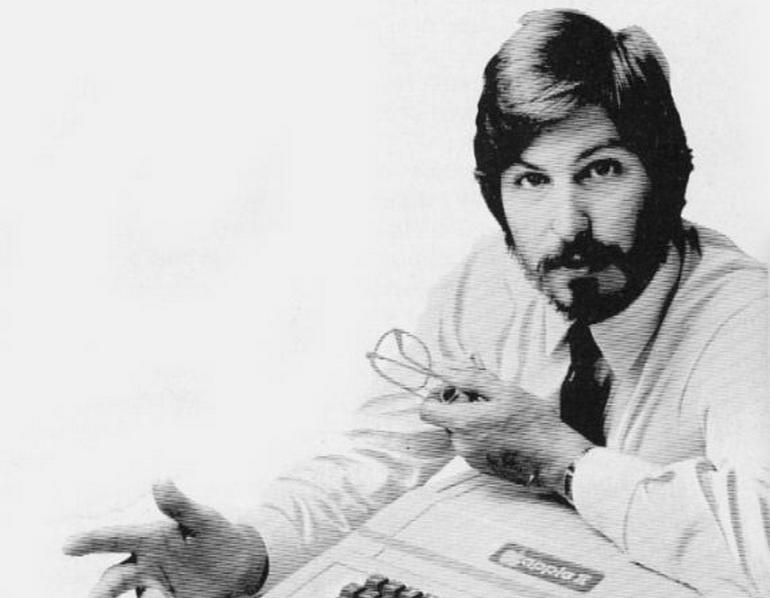
It was fast, flexible, and friendly in an era when computers were anything but. Apple would go on to sell around 6 million units, a staggering figure at the time, and the Apple II became the cash cow that funded Apple’s next big leap: the Macintosh.
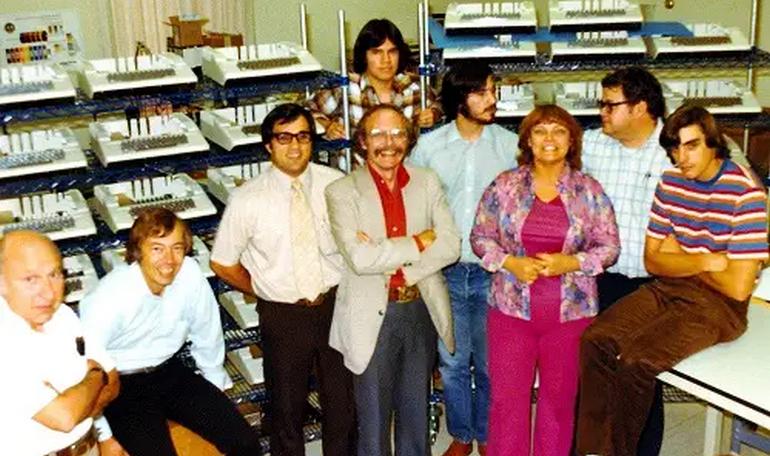
Now, Steve Jobs. You know the guy—black turtlenecks, no-nonsense charisma, and a perfectionism that made diamonds look soft. But before he was commanding product keynotes and redefining music players, he was just a hungry young man with a vision—and a surprising taste in pizza.

In the early days of the Macintosh project, Jobs would often pop into the hardware lab to check on progress. One evening in 1981, the team had just received their first printed circuit boards for the prototype. It was late on a Friday, and no one was sure if they wanted to start soldering components. That’s when Jobs pulled out his secret weapon: pineapple pizza.
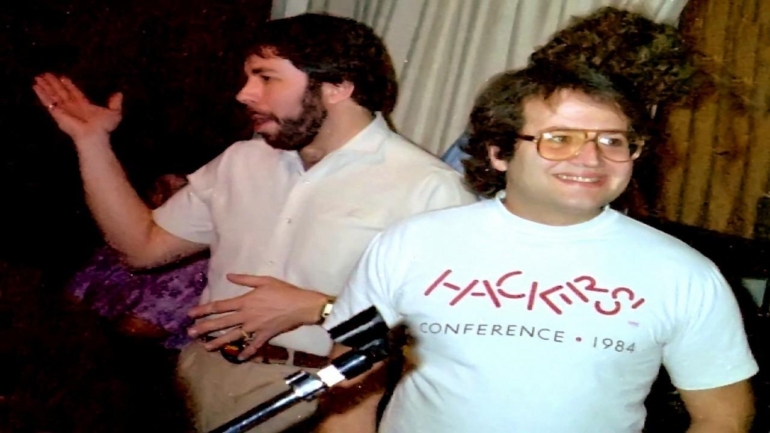
He turned to Burrell Smith, the brilliant but eccentric engineer behind the Mac’s early hardware, and said, “If you get it working tonight, I’ll take everyone out for pineapple pizza.” Burrell, whose obsession with that particular topping was legendary in the office (replacing his earlier passion for Bulgarian beef, to Jobs’s vegetarian relief), lit up. Motivation had arrived—covered in cheese and tropical fruit, recounts engineer Andy Hertzfeld in an article.
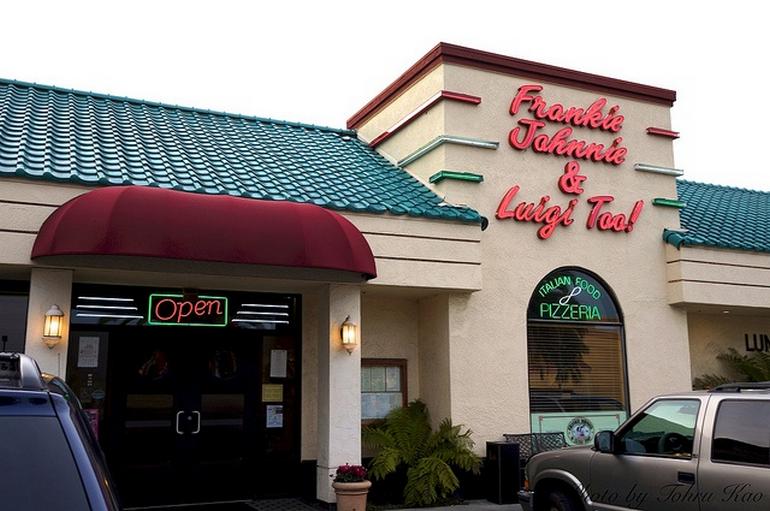
The team stayed late, stuffing components, soldering, troubleshooting. They didn’t quite get the board to display the all-important “hello,” but it showed a checkerboard pattern—a sign of progress. Good enough. They shut down the lab, piled into their cars, and drove to Frankie, Johnny & Luigi’s in Mountain View. The pizza, by all accounts, was glorious.
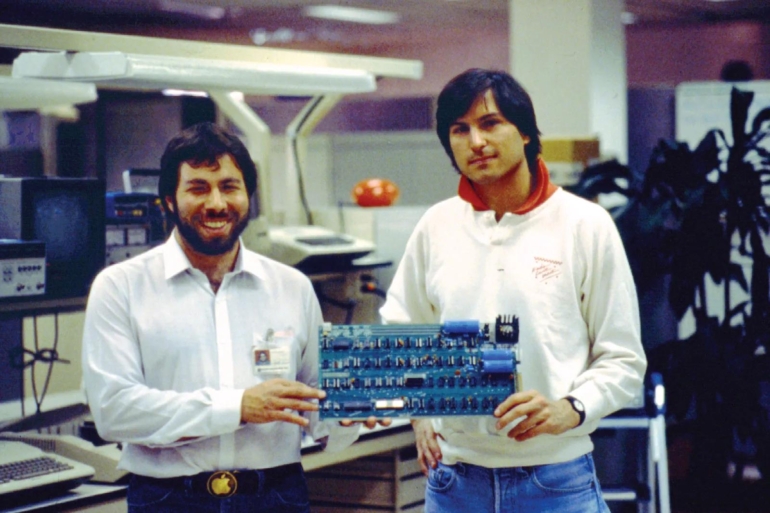
It’s a tiny slice of history (pun intended), but it says a lot about those early days. Jobs didn’t lead with technical know-how—he led with vision, charisma, and yes, the occasional promise of pizza. The Apple II, meanwhile, kept the lights on. Without it, there would’ve been no Macintosh, no iPhone, no trillion-dollar company.
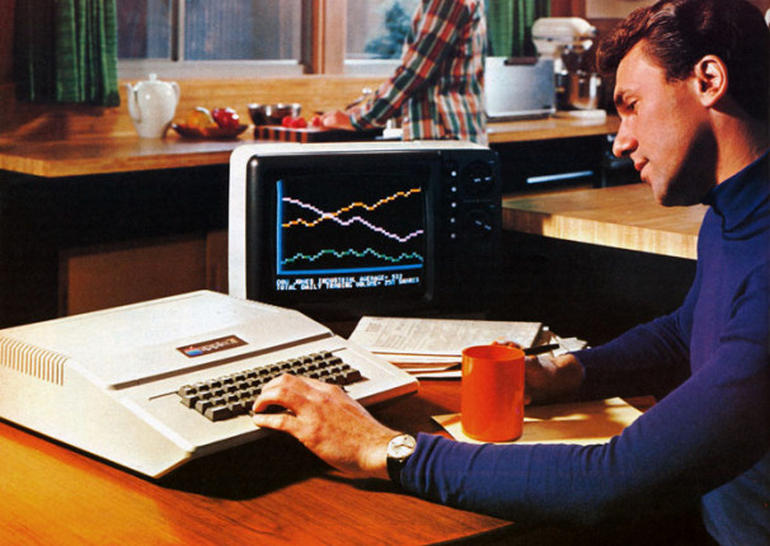
What makes the Apple II so iconic isn’t just its success—it’s how it changed perceptions. It helped turn computers from room-filling behemoths into something a kid could use to write a book report or play a game. It cracked open the door for the democratization of technology, letting anyone with a few hundred bucks join the digital age. It was the Model T of the information era. Not only for the company, but the Apple II is regarded one of the most important devices that shaped personal computing as we know today.

And in the middle of all that—Steve Jobs, arguing for font kerning, meditating in the garden, and dangling pineapple pizza like it was an Olympic medal. The man understood that passion didn’t always need to be logical. Sometimes it just needed to be delicious.

So yes, Jobs changed the world, but not just with technology. Sometimes he did it with a ridiculous food bribe and a relentless belief that something magical was always just one more prototype away. Turns out, innovation and pineapple pizza pair pretty well.

